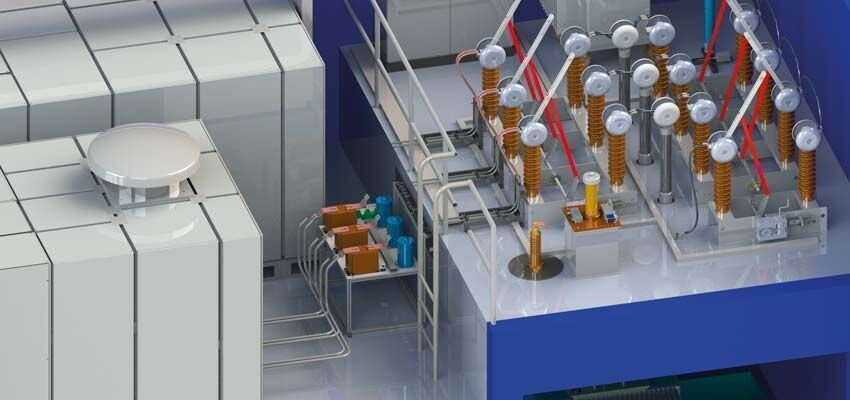
Automated test systems for distribution transformers – Part II
Automated test systems for distribution transformers – Part II
byRaoul D. HARKENTHAL, David KREMZOW

Detailed analysis of the test system features
Abstract
Distribution transformers are used worldwide and in very large quantities as a link between regional medium-voltage networks and local low-voltage distribution systems. To ensure quality, the required electrical characteristics must be demonstrated through extensive testing procedures on each distribution transformer in the production. This paper gives an overview of the equipment for automated testing of distribution transformers. There are also various options presented for a significant reduction of the required test time which can be achieved by optimizing the interaction of automatic switching devices, intelligent system control and largely intuitively designed test sequences.
Keywords: automated testing, distribution transformer, transformer testing, high-voltage test equipment, factory testing
5. Time needed for routine tests
The time needed to conduct a full routine test of a distribution transformer mainly comprises the following elements:
– Set-up time for the test system
– Total time needed for the individual tests
– Time needed for the reconfiguration of the test system and reconnection of the transformer under test between individual tests
– Time needed for documentation of the measurement results
There is only very limited scope for influencing the total time needed for the individual tests, as most aspects of the test procedure and its duration are defined in IEC standard IEC 60076-3 [2].
In terms of the separate source voltage withstand test, some manufacturers shorten the effective test duration per unit by simultaneously supplying the test voltage to multiple transformers that are connected in parallel. This method, however, comes with the risk that a weak insulation in one unit, which would become manifest as a rise in the test current, can easily be overlooked. However, insulation failure with a full breakdown would be reliably detected, as the test current would suddenly rise sharply and the test voltage would break down. More significant reductions of the time requirements are possible through reducing both the initial set-up time of the system and the reconfiguration time between the individual tests. Automated switch-over using motor-driven high-voltage switches would be one way of saving time in a significant order of magnitude. To show this, testing with manual clamping of electrical contacts of the transformer under test will be compared with testing using automated switch-over. The time needed for different pre-tests, e.g. of the insulation resistance, DC winding resistance, vector group etc., will not be considered here. These pre-tests can be conducted on a separate test station to save time.
#automated testing#David KREMZOW#distribution transformer#high voltage test equipment#Issue 9#power transformer#Raoul D. HARKENTHAL#transformer testing#Transformers Magazine







